When an artwork on paper meets water, it is often assumed that it is left with irreversible damage. However, if the response is swift and professional, much of this deterioration can be halted and reversed before the paper begins to decay.
 Above: moisture and water damaged artworks on paper, before and after restoration in our studio
Above: moisture and water damaged artworks on paper, before and after restoration in our studio
At Fine Art Restoration Company, we are frequently asked to look at and take care of prints, watercolours and posters that have faced water damage from incidents involving an escape of water or flooding. Artworks may have also been caught in a fire and have remnants of the solution used to extinguish the flames.
 Above: an engraving with water damage, before and after restoration by our conservator
Above: an engraving with water damage, before and after restoration by our conservator
In some cases, high-humidity can also result in moisture absorption and the alarming effects that come with it. This article will look into the various forms of water damage faced by sensitive works on paper and the effective treatments provided by our conservators.
Moisture damage
One of the most subtle forms of water damage is caused by high humidity. Paper requires an even environment of around 50% humidity to ensure it does not dry out or become oversaturated. Paper is naturally very absorbent when compared to traditional oil paintings on canvas, so should have this aspect of their environment closely controlled.
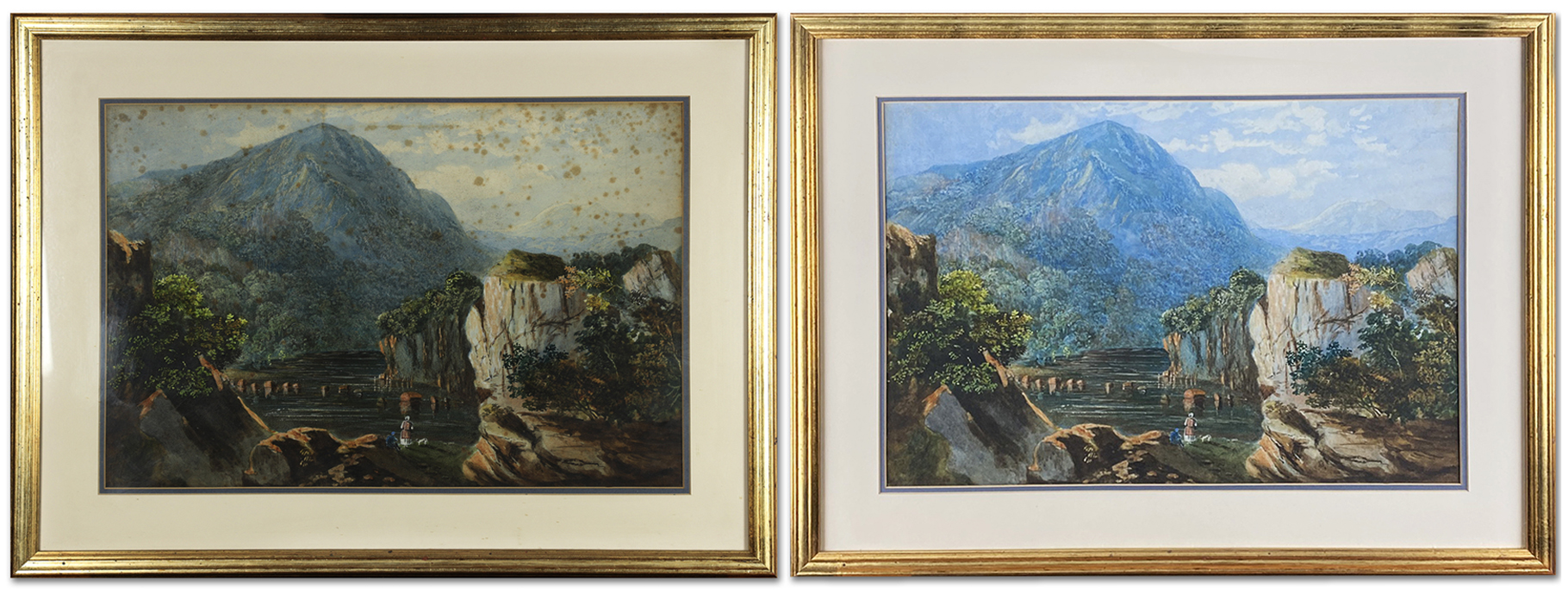
High humidity promotes the growth of foxing, this is the occurrence of rusty brown spots that appear gradually across the surface. In some conditions, mould may also begin to form and the paper may wrinkle and warp as it becomes heavy with atmospheric moisture.
 Above: a Japanese print with foxing
Above: a Japanese print with foxing
Where there has been an escape of water, it is prudent to check the humidity of not only the affected room(s) but also neighbouring rooms that haven’t. If the relative humidity level in the room is above 50%, it is a good idea to move the artworks to another location. In this case, you should contact our team to lessen the extent of damage. Available treatments include controlled drying to avoid the paper cockling/rippling and cleaning to address foxing. The sooner a conservator is able to take care of the artwork, the less intervention is required.
 Above: a watercolour with foxing, before and after restoration by our conservator
Above: a watercolour with foxing, before and after restoration by our conservator
Water stains
Prints and watercolours that have been directly exposed by water contact can result in tidal lines or splash marks appearing across the paper. Luckily, these visually disturbing tide lines, stains and marks can be successfully removed in most cases.
 Above: an engraving with water staining, before and after restoration by our conservator
Above: an engraving with water staining, before and after restoration by our conservator
When a work on paper is stained it can be sensitively cleaned in a custom solution. Our paper conservator will test the paper as well as the medium used to create the artwork and float wash the artwork in a bespoke solution. This lifts stains whilst retaining the original colour and inks. The result often returns the paper to its appearance prior to the incident, allowing it to be safely enjoyed for years to come.
Household disasters
Floods and leaks may cause a print or painting to become fully enveloped in liquid, sometimes this water is not entirely sanitary – allowing acidic elements to gather upon the surface of the artwork. When a work on paper is saturated, it may appear to be unrestorable. However, our team has seen many fantastic results following this type of damage – all of the restoration results seen in this article have been achieved by our conservators.
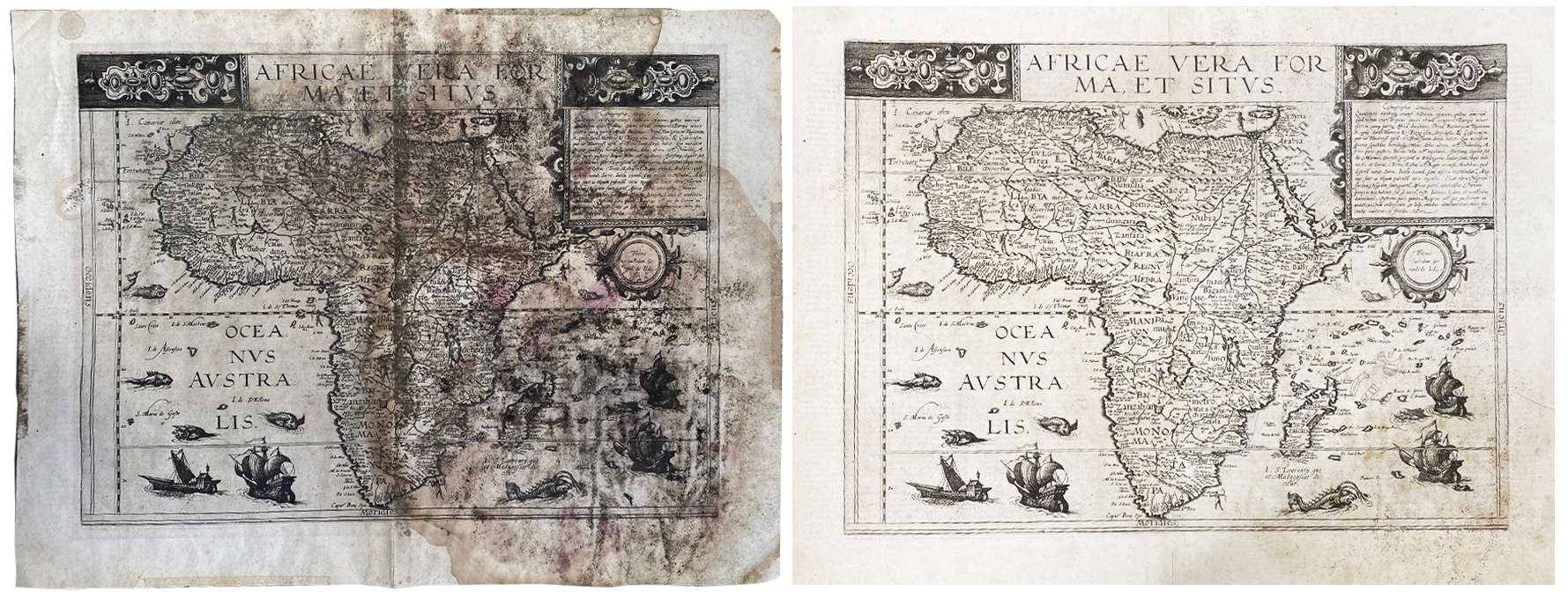
If an artwork is left without intervention following a flood or leak, it is very likely to develop mould. In the most extreme cases, we have seen artwork that has become lost beneath an overwhelming amount of mould spores – creating a health hazard as well as encouraging severe deterioration. Allowing artworks to become devastated by mould in damp conditions may result in it being labelled ‘beyond economical restoration’.

Works on paper may have mounts and backing boards that warp or become affected by mould growth. In these cases, the artwork should be professionally removed in order to save the contents before the framing materials are completely overtaken by the water damage. These elements can be replaced with a similar style by our framing team once the artwork has been safely cleaned and restored.
 Above: an acrylic painting on paper, before and after restoration by our team
Above: an acrylic painting on paper, before and after restoration by our team
As well as cleaning away dirt and debris, any acidic contamination can be cleared away with conservation treatments. Any wrinkles, tears or folds can be gently reversed. The paper can also be stabilised and lined onto Japanese tissue paper, adding extra strength.
Our top tips for saving water damaged paper
- Remove the paper from the scene of the incident
- Call our team as soon as possible
- Lay flat in a clean, dry room away from the clean-up operation
- Avoid the use of industrial drying units close to the artwork
- If the frame is affected by damp but the paper is dry, remove the paper from the frame to prevent cross contamination and mould growth
- Mould growth and staining should only be cleaned by a professional conservator
 Above: an engraving of Queen Victoria and her family, before and after restoration in our studio
Above: an engraving of Queen Victoria and her family, before and after restoration in our studio
How can we help?
Our conservation team is happy to offer professional assessments of high value works on paper, as well as items with sentimental value. We can provide a swift response following disasters, avoiding the loss of important artworks.
Email us via [email protected] or call 0207 112 7576

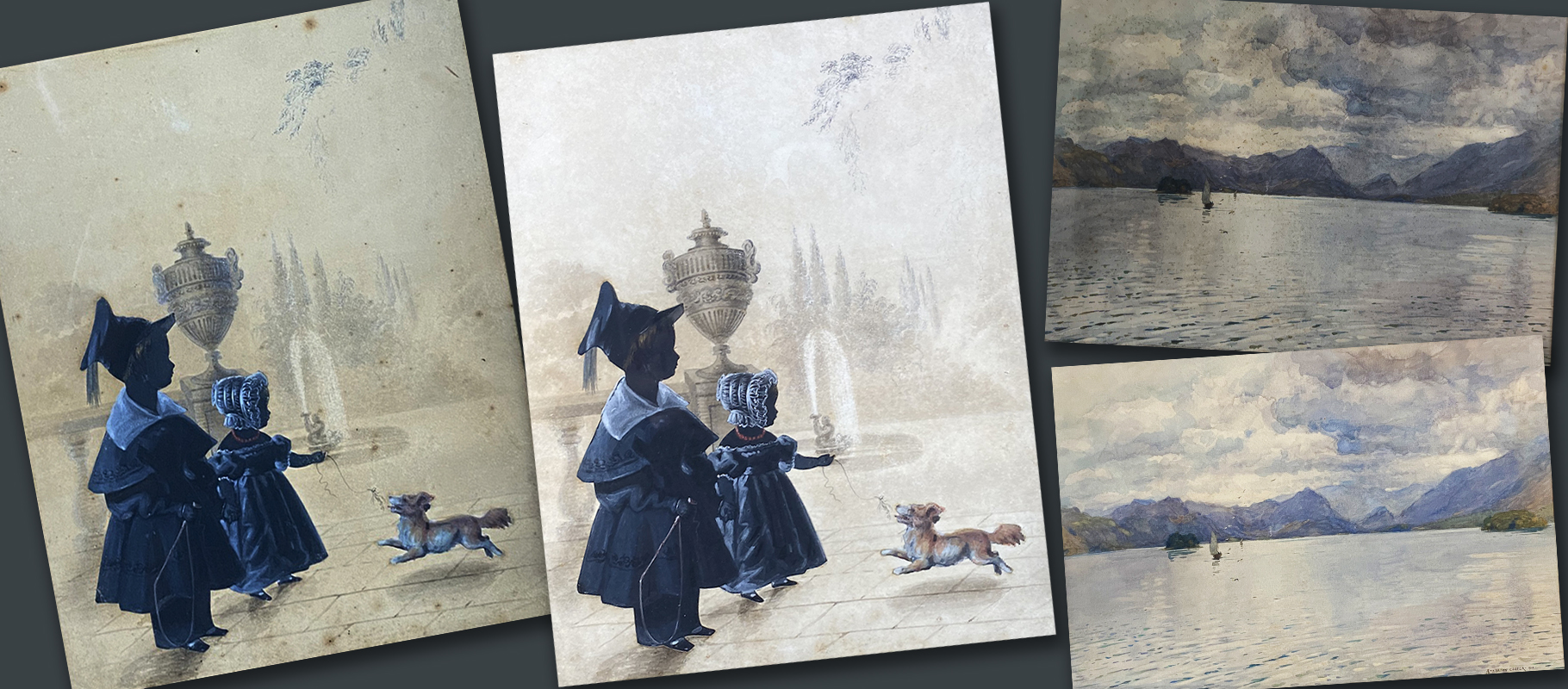 Above: moisture and water damaged artworks on paper, before and after restoration in our studio
Above: moisture and water damaged artworks on paper, before and after restoration in our studio Above: an engraving with water damage, before and after restoration by our conservator
Above: an engraving with water damage, before and after restoration by our conservator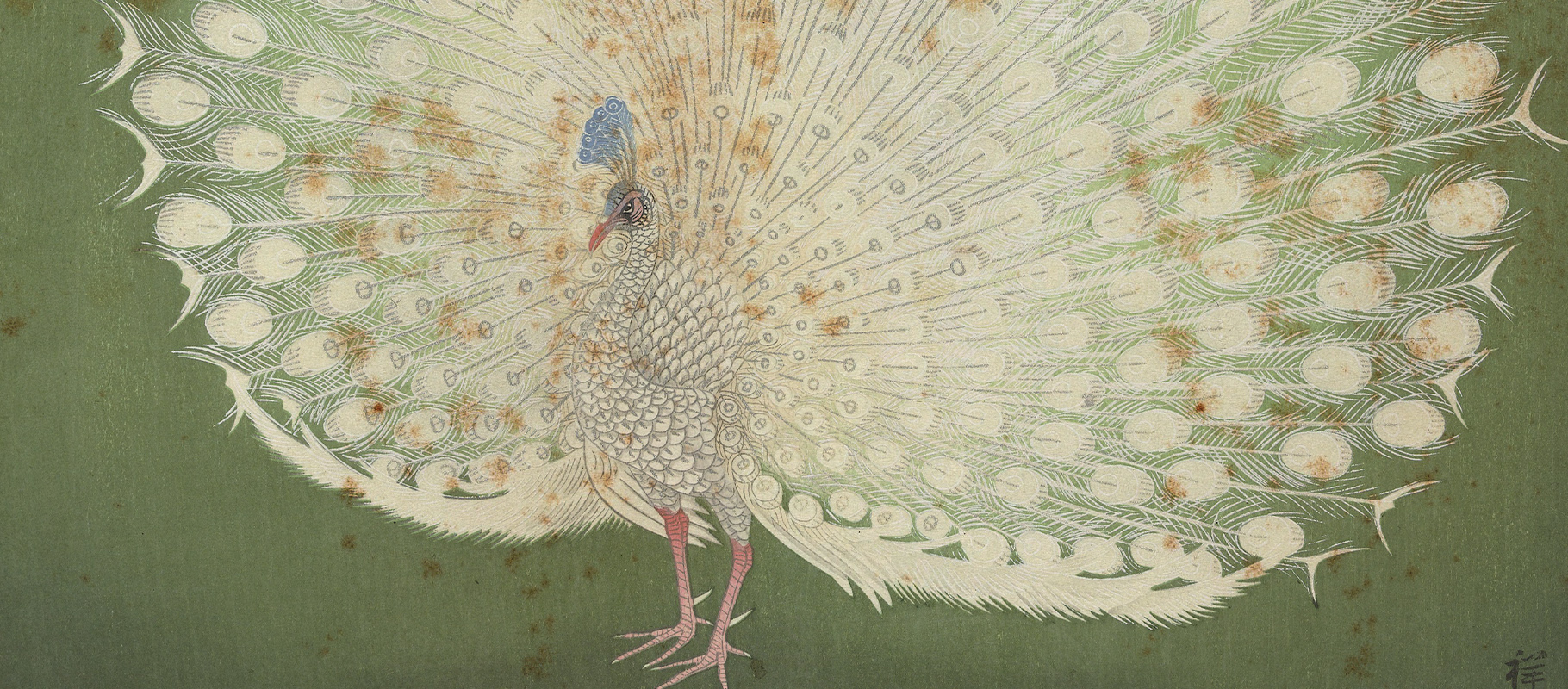 Above: a Japanese print with foxing
Above: a Japanese print with foxing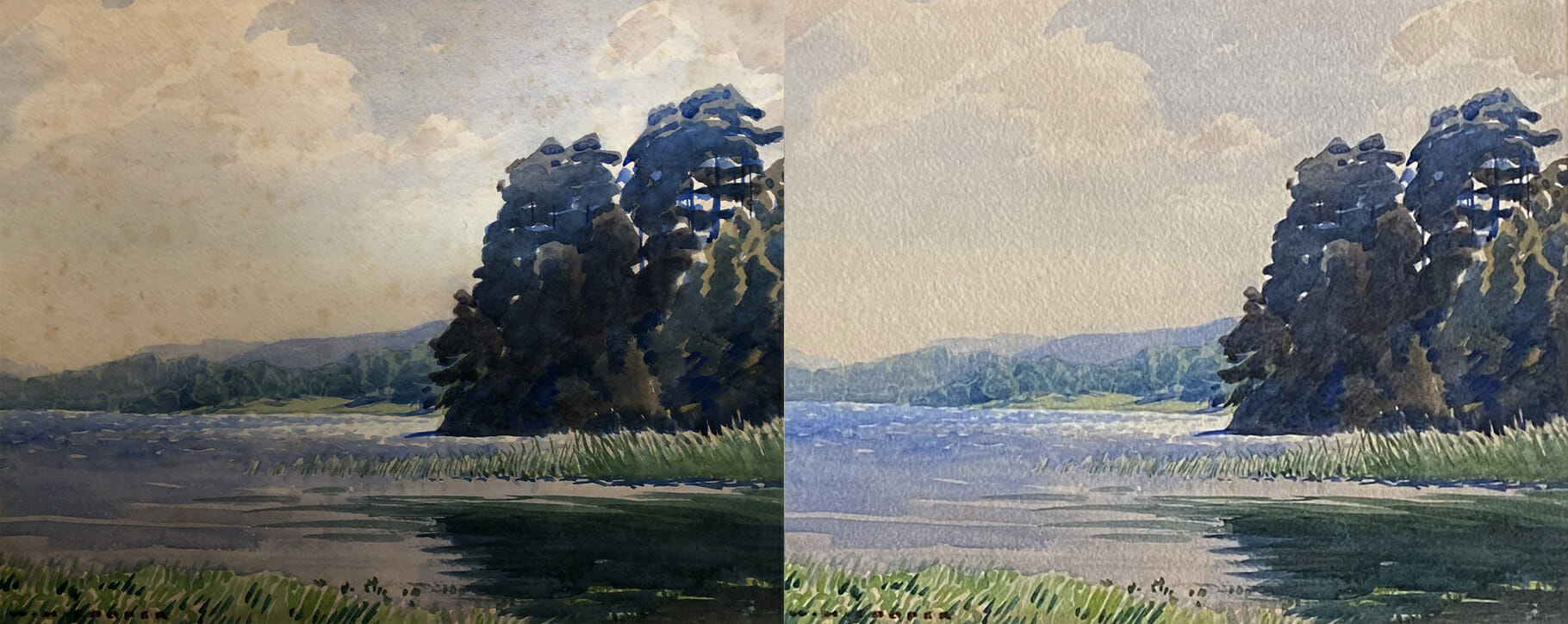 Above: a watercolour with foxing, before and after restoration by our conservator
Above: a watercolour with foxing, before and after restoration by our conservator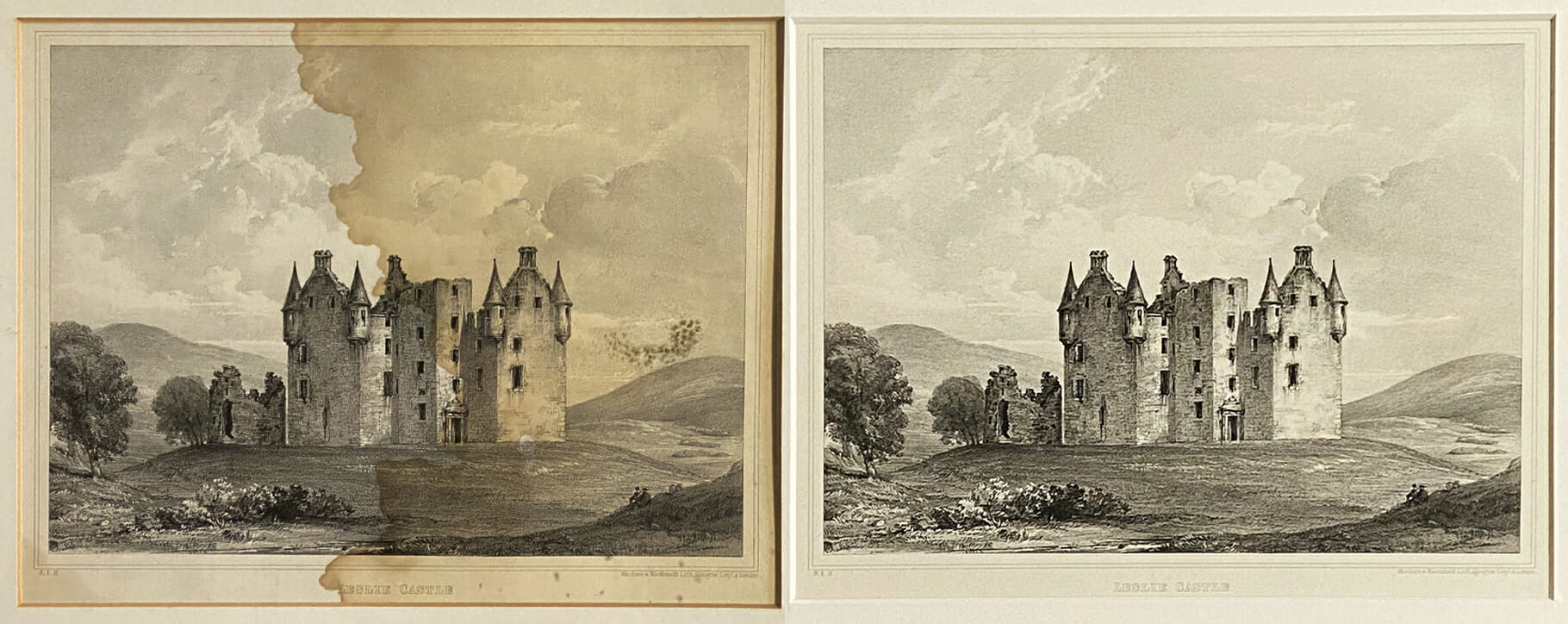 Above: an engraving with water staining, before and after restoration by our conservator
Above: an engraving with water staining, before and after restoration by our conservator Above: an acrylic painting on paper, before and after restoration by our team
Above: an acrylic painting on paper, before and after restoration by our team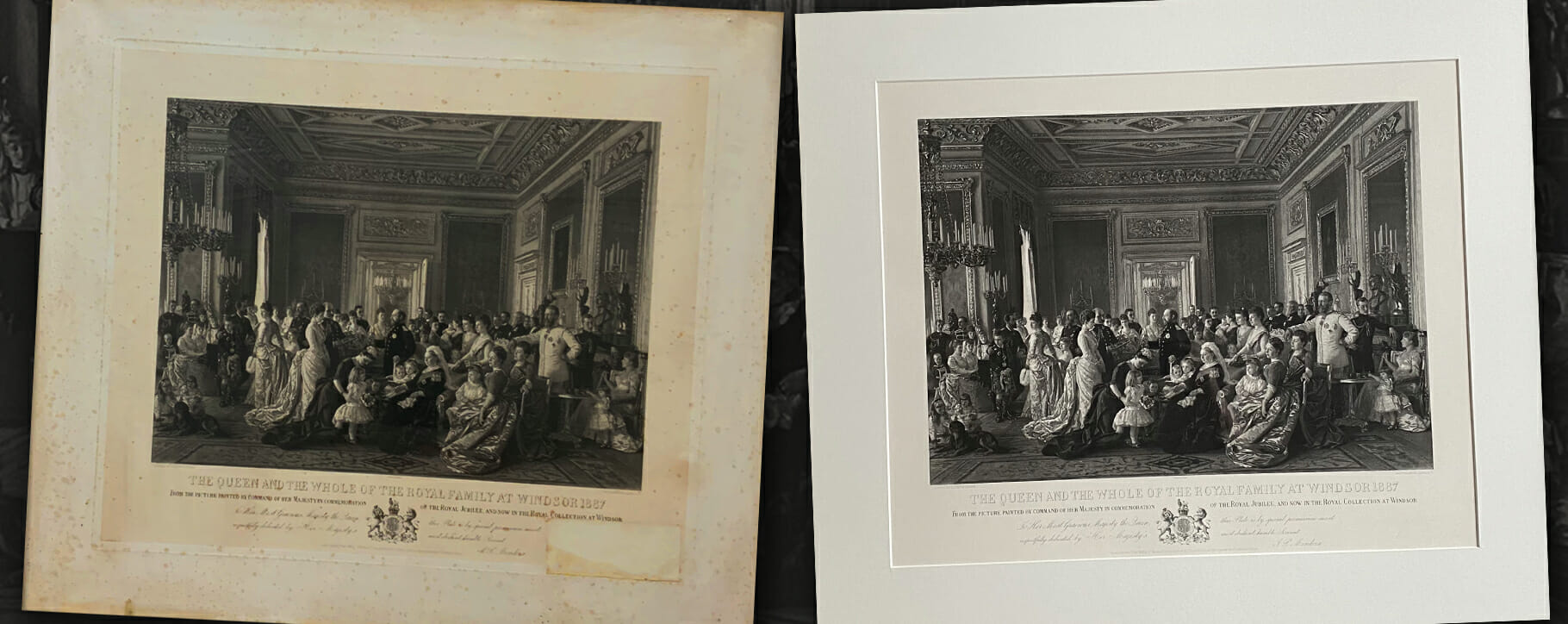 Above: an engraving of Queen Victoria and her family, before and after restoration in our studio
Above: an engraving of Queen Victoria and her family, before and after restoration in our studio




